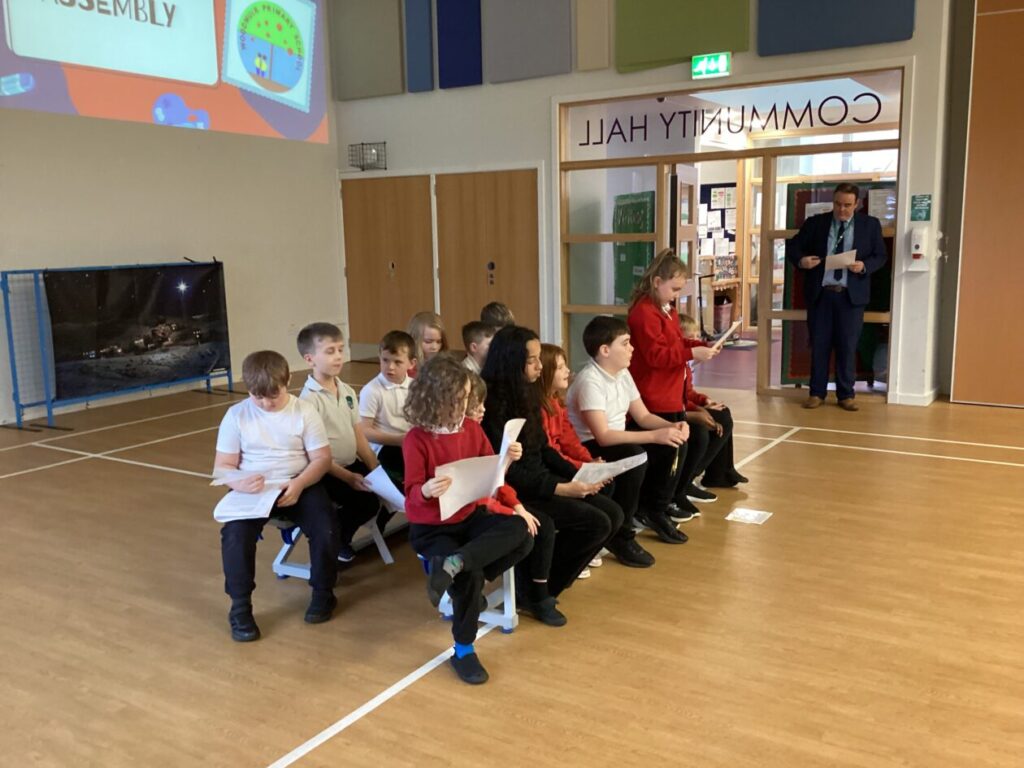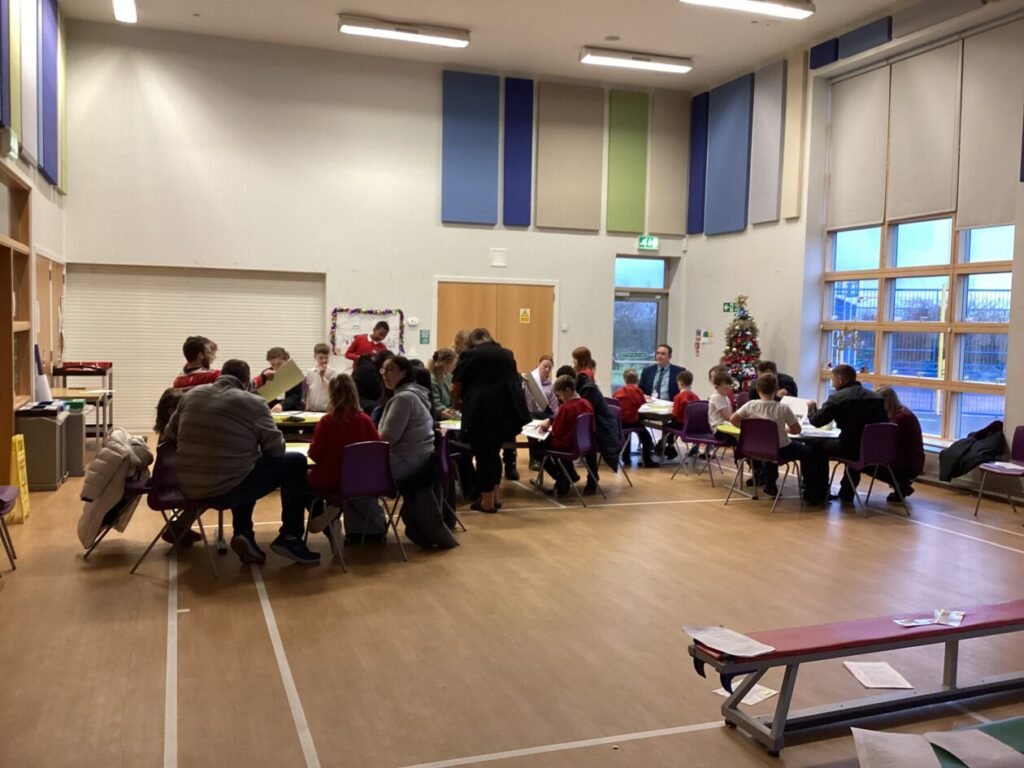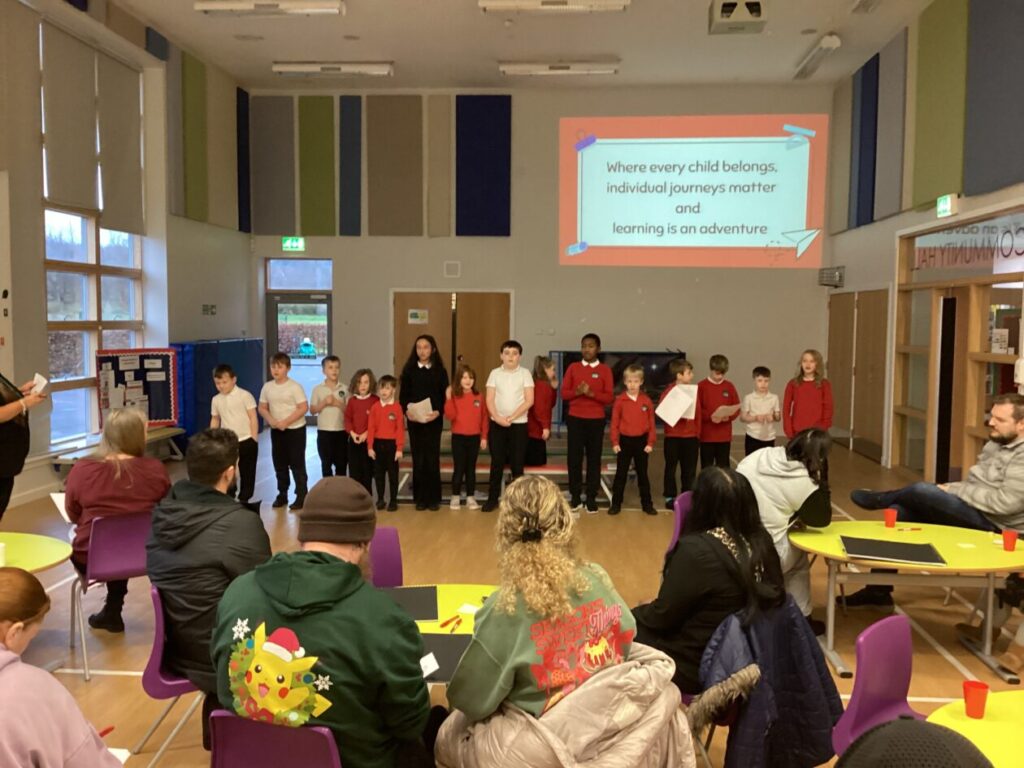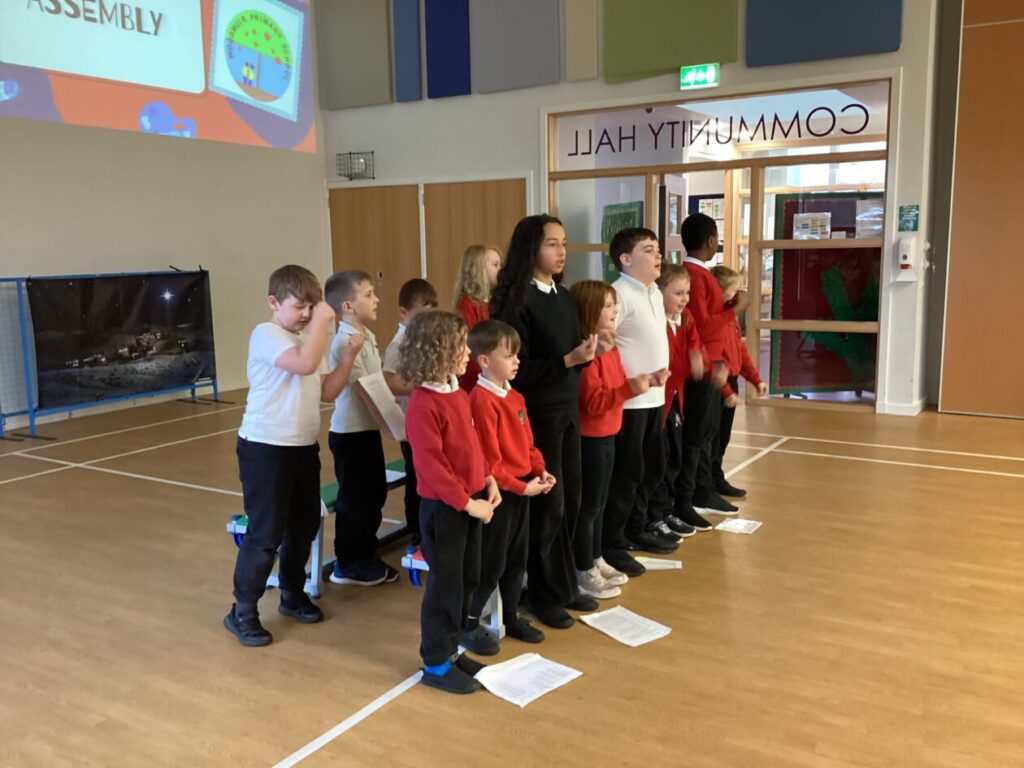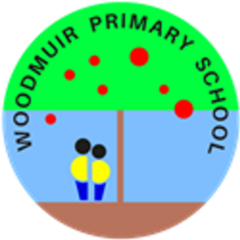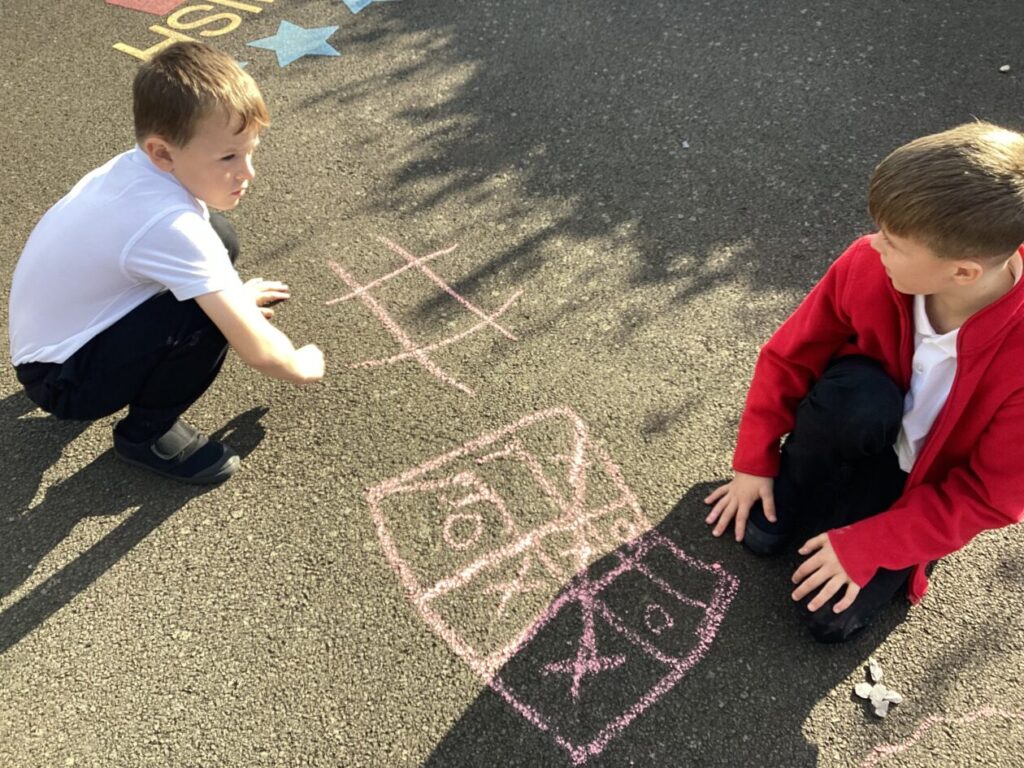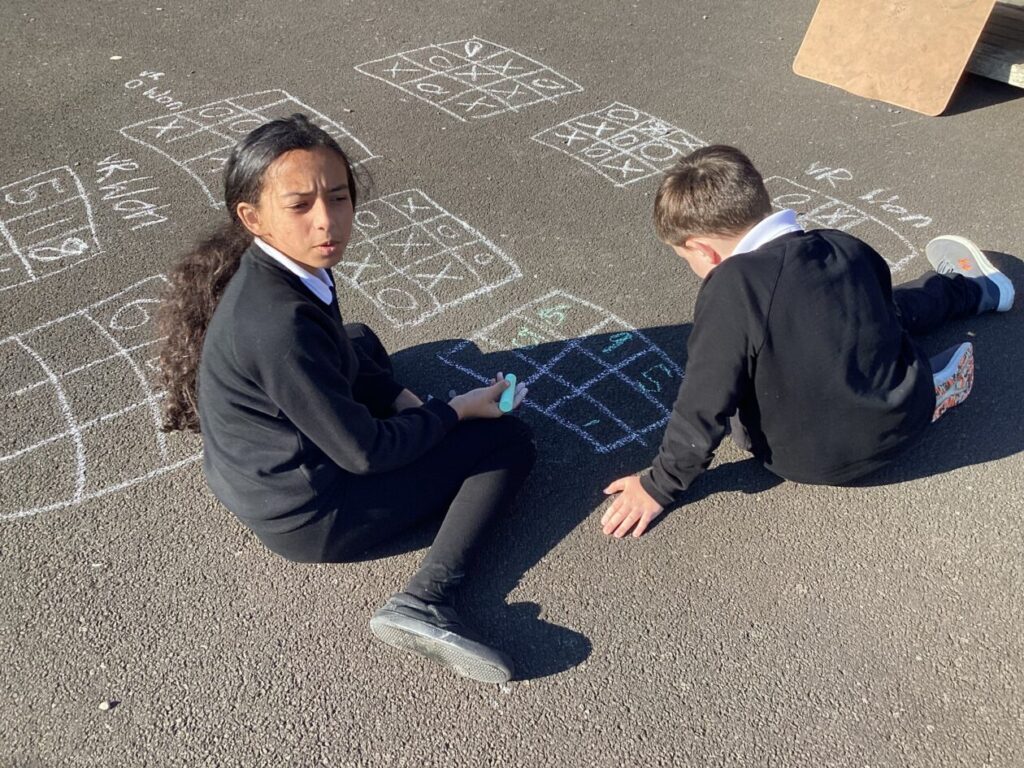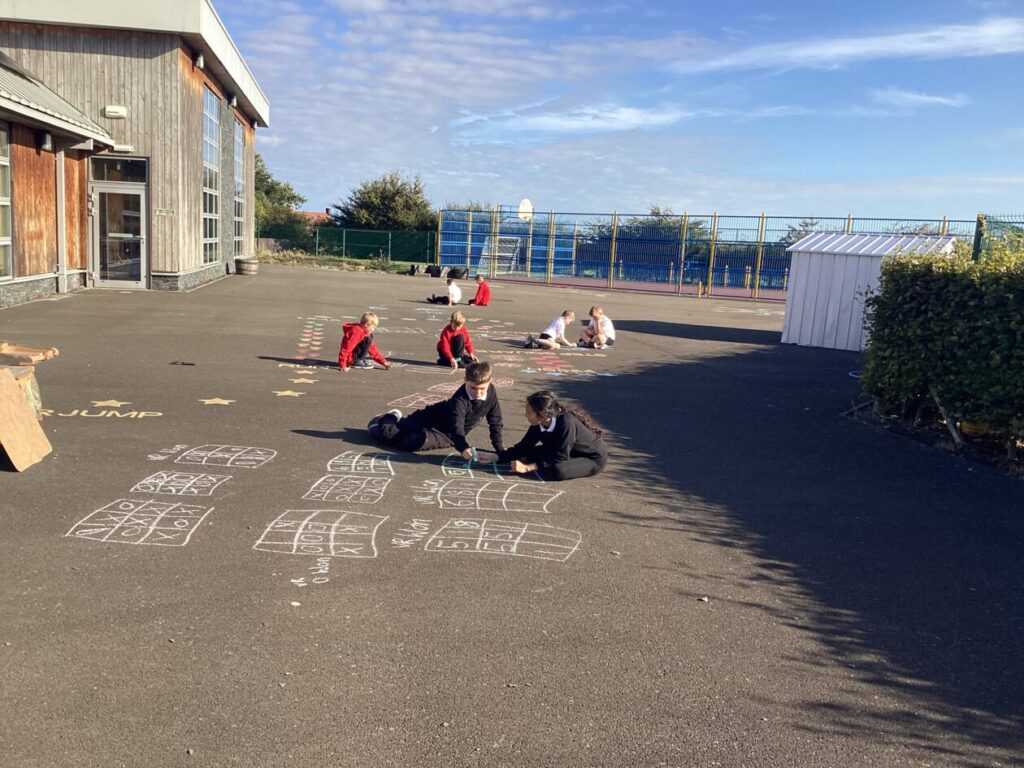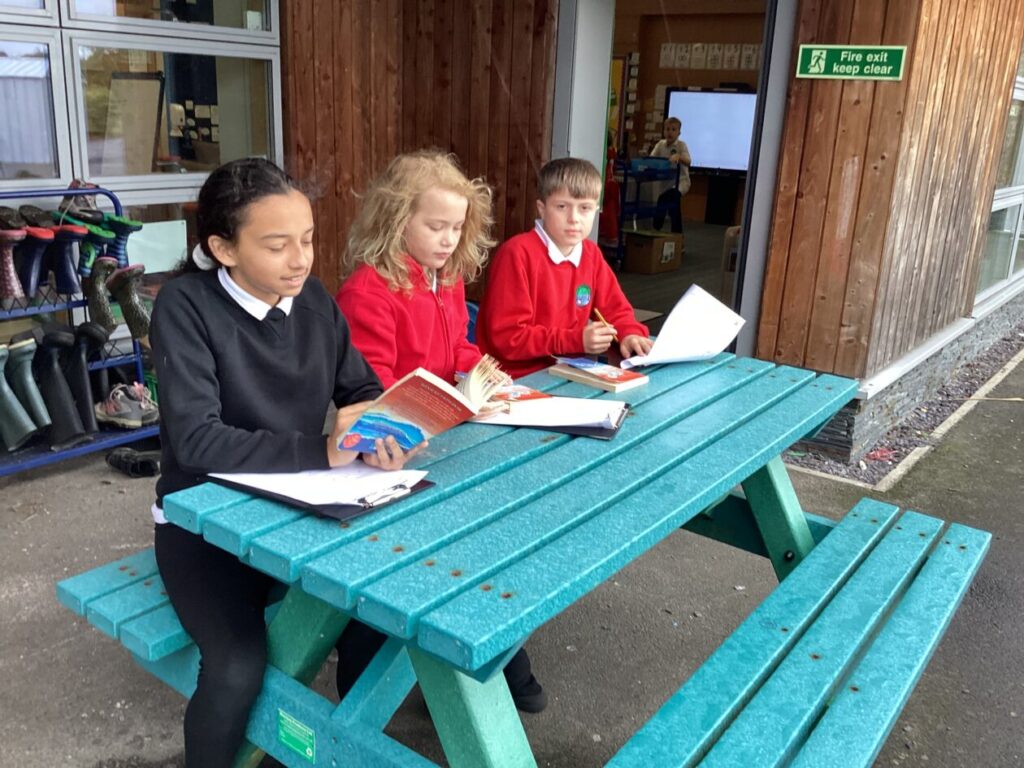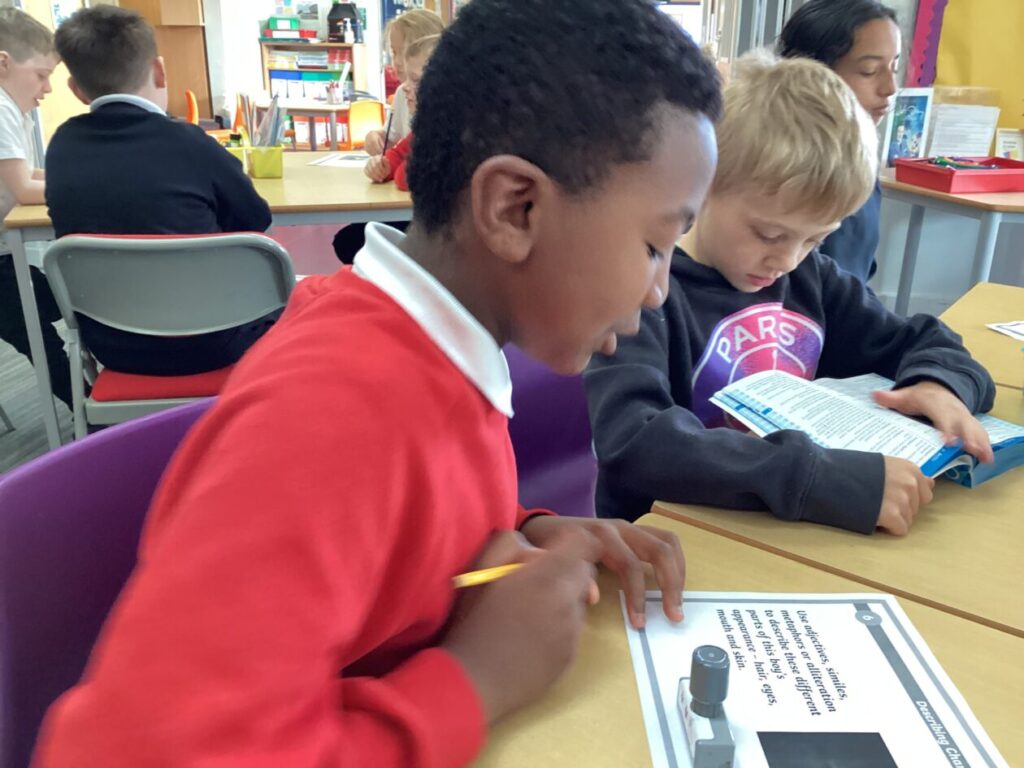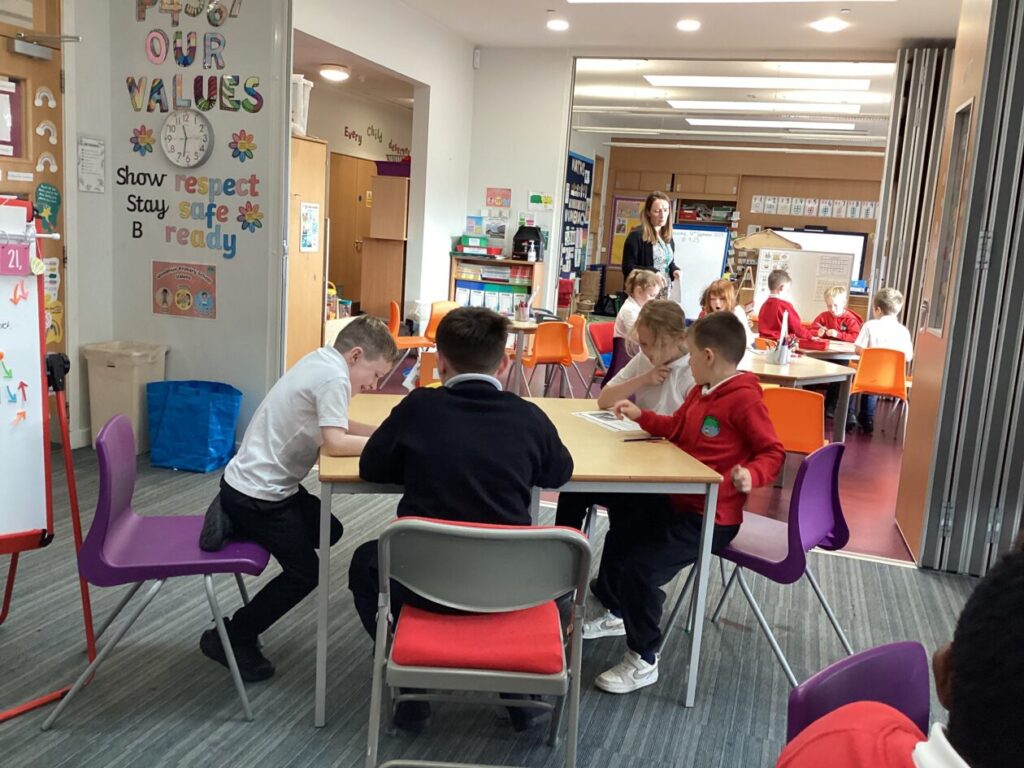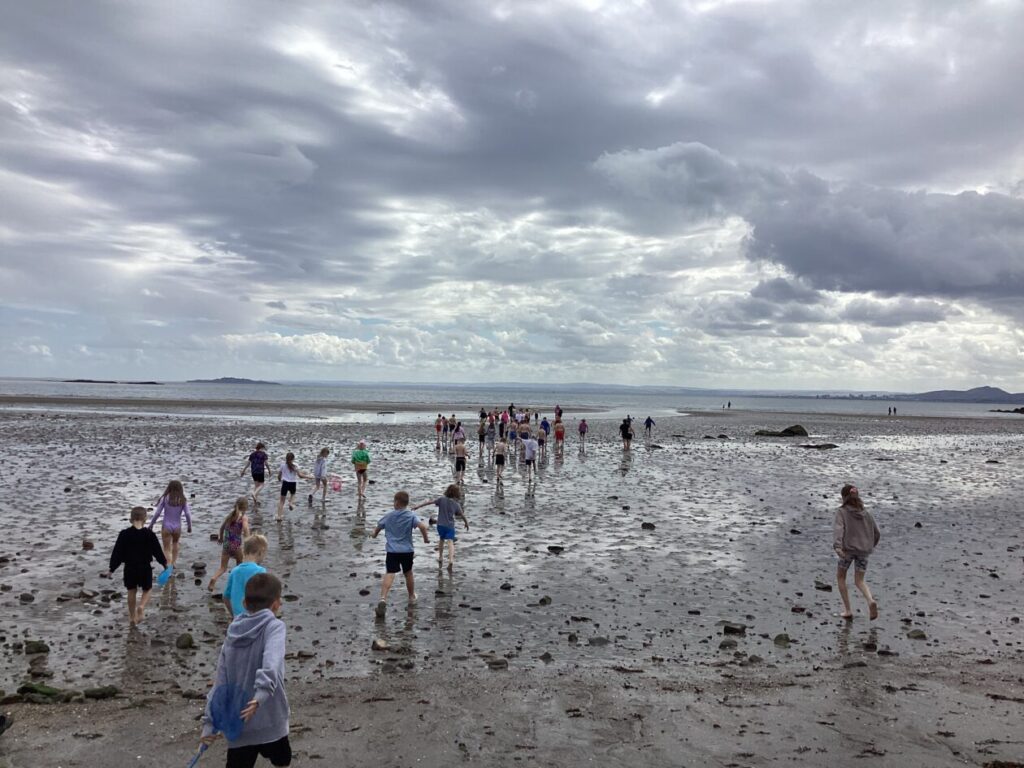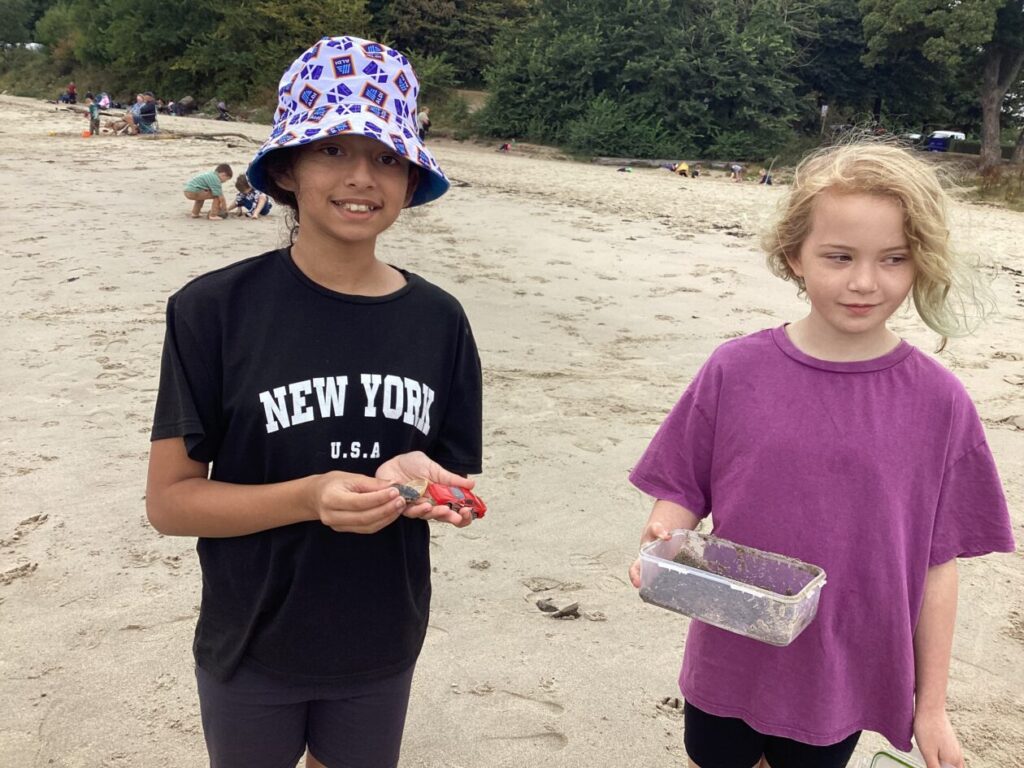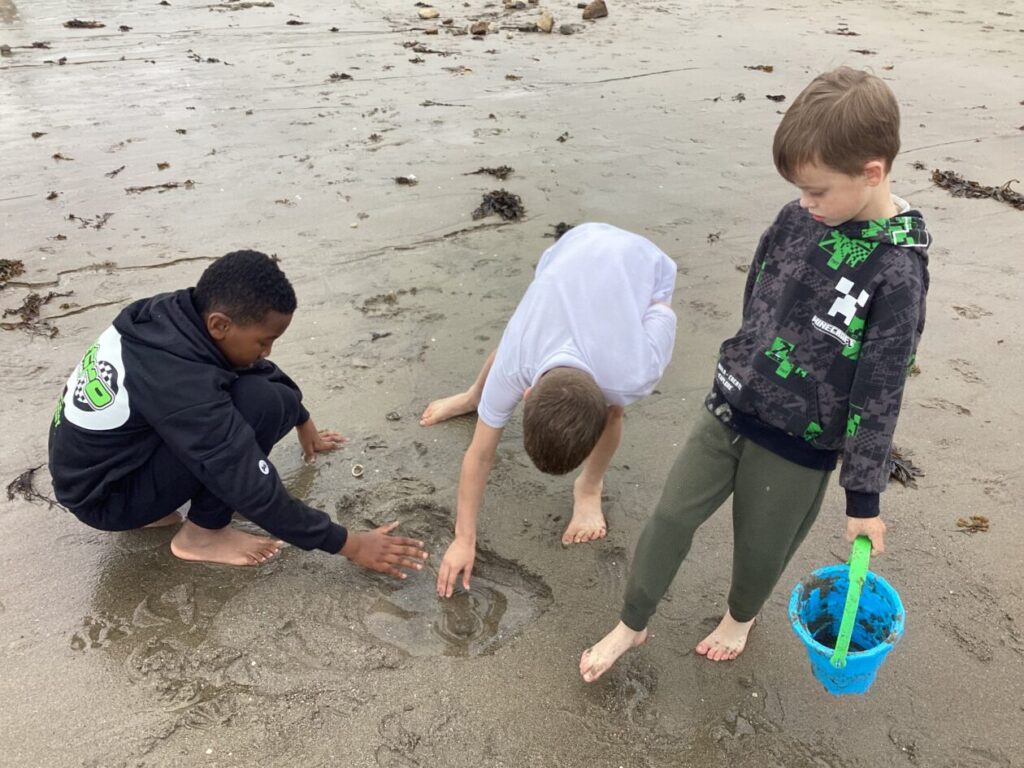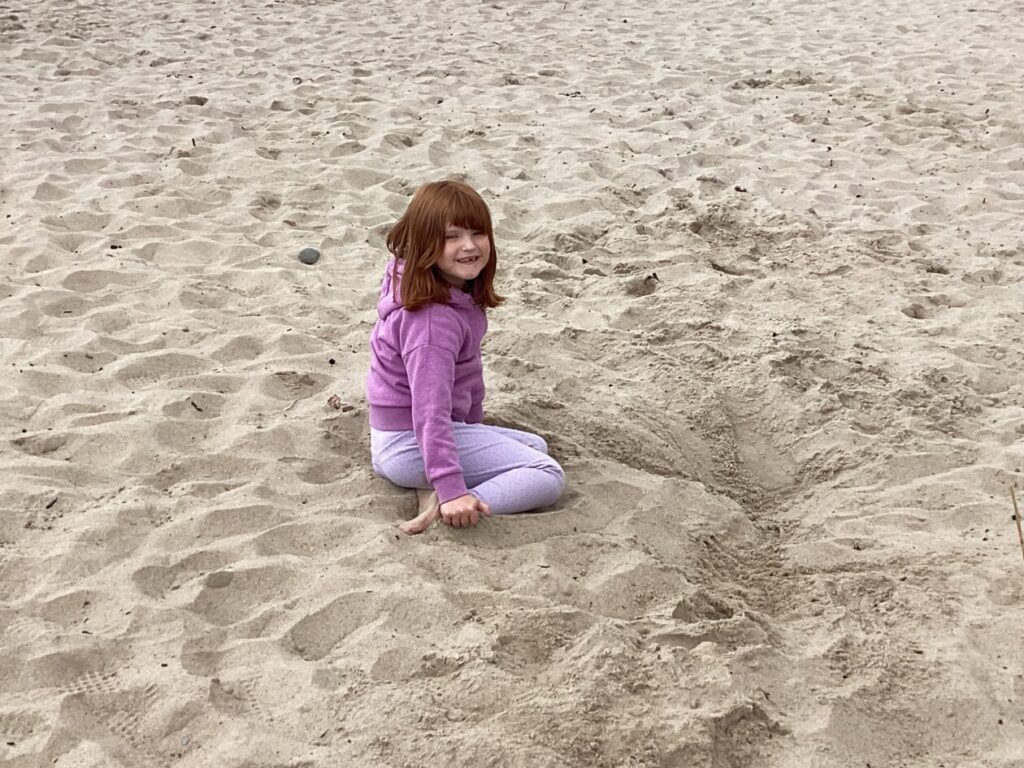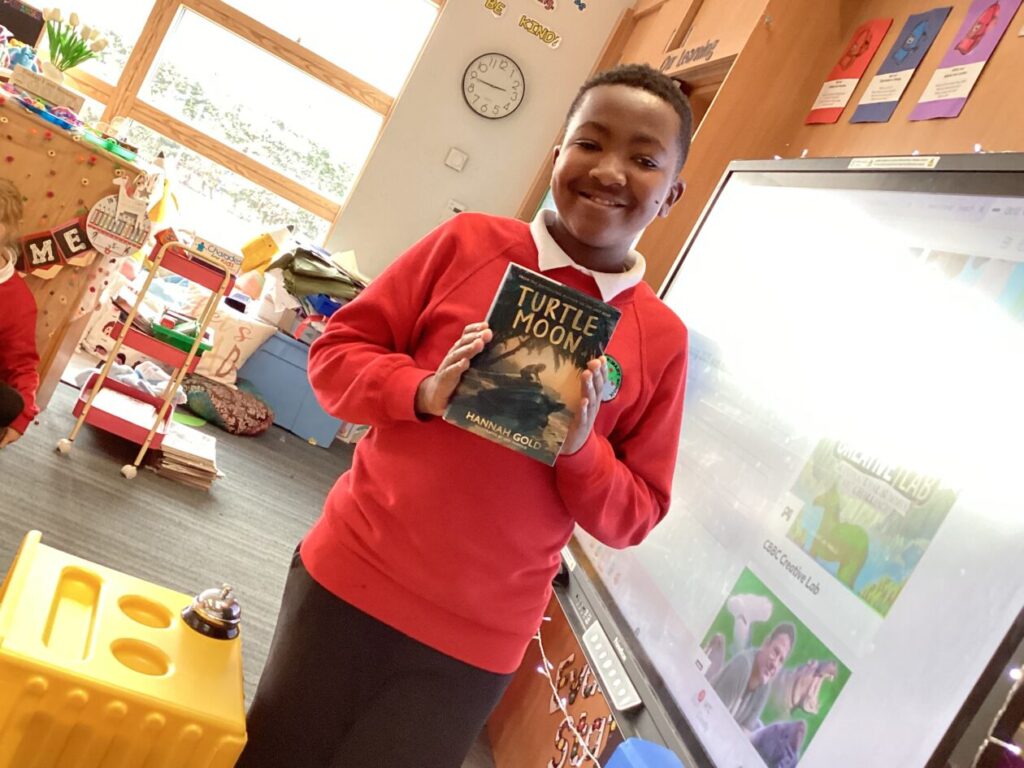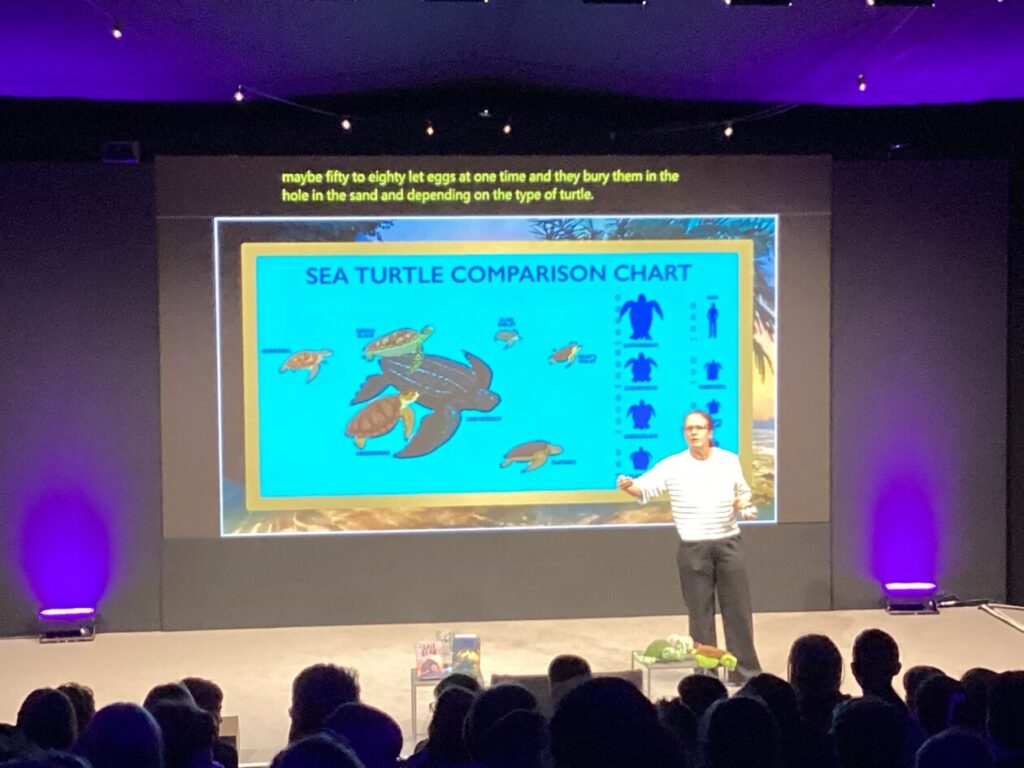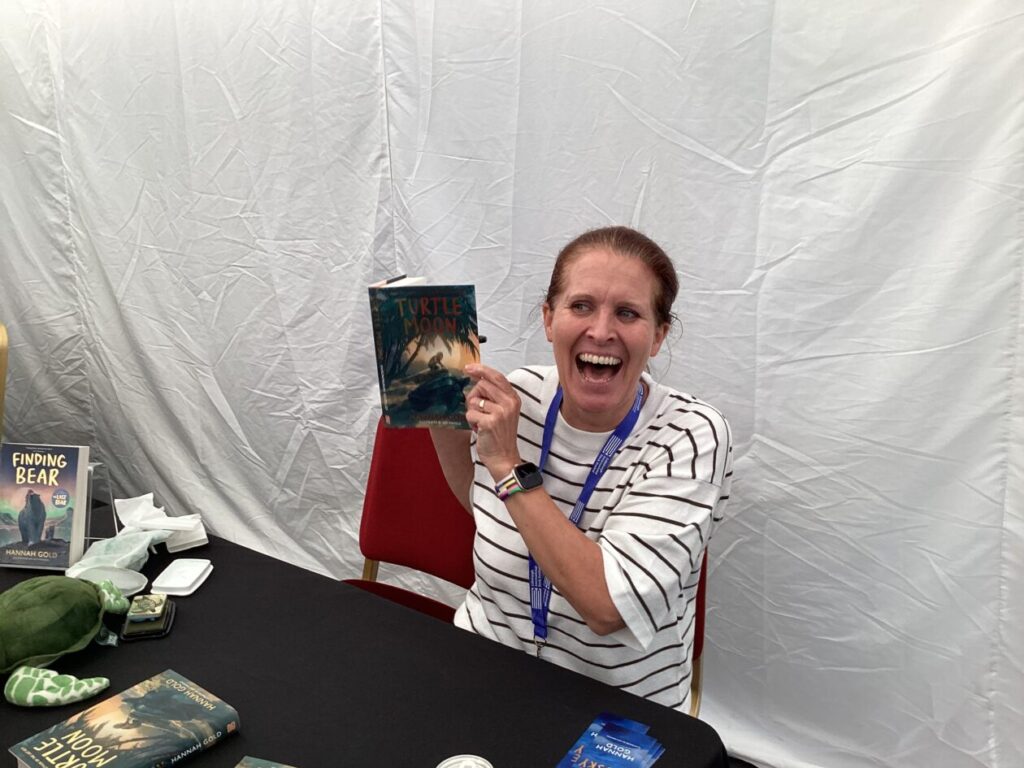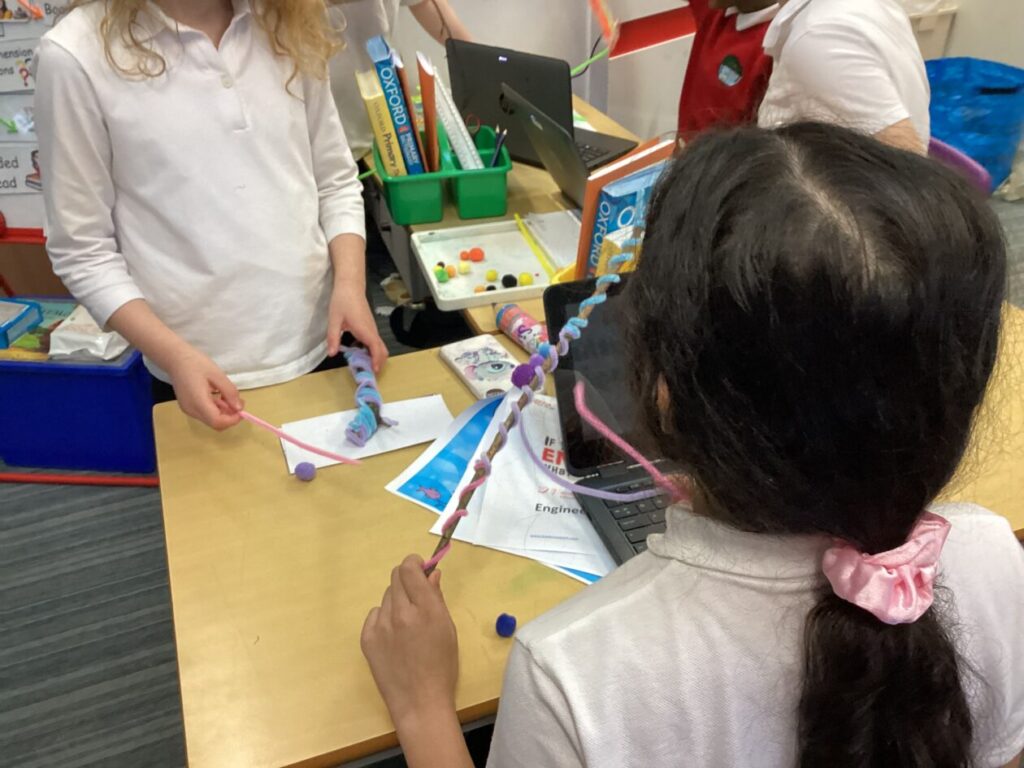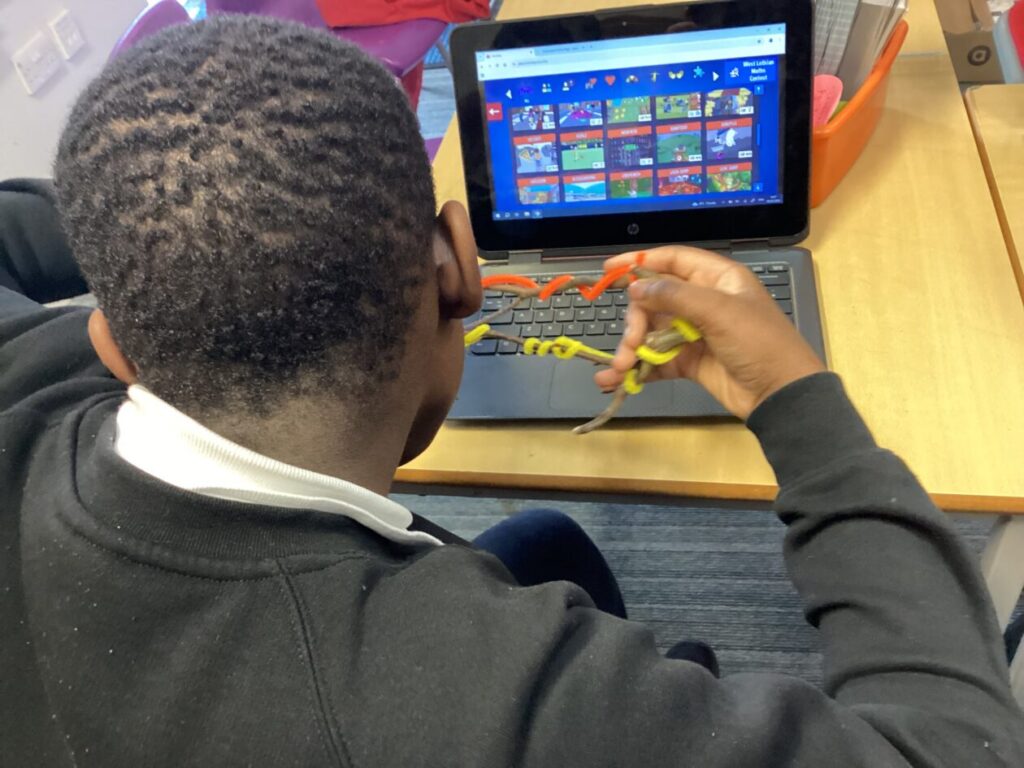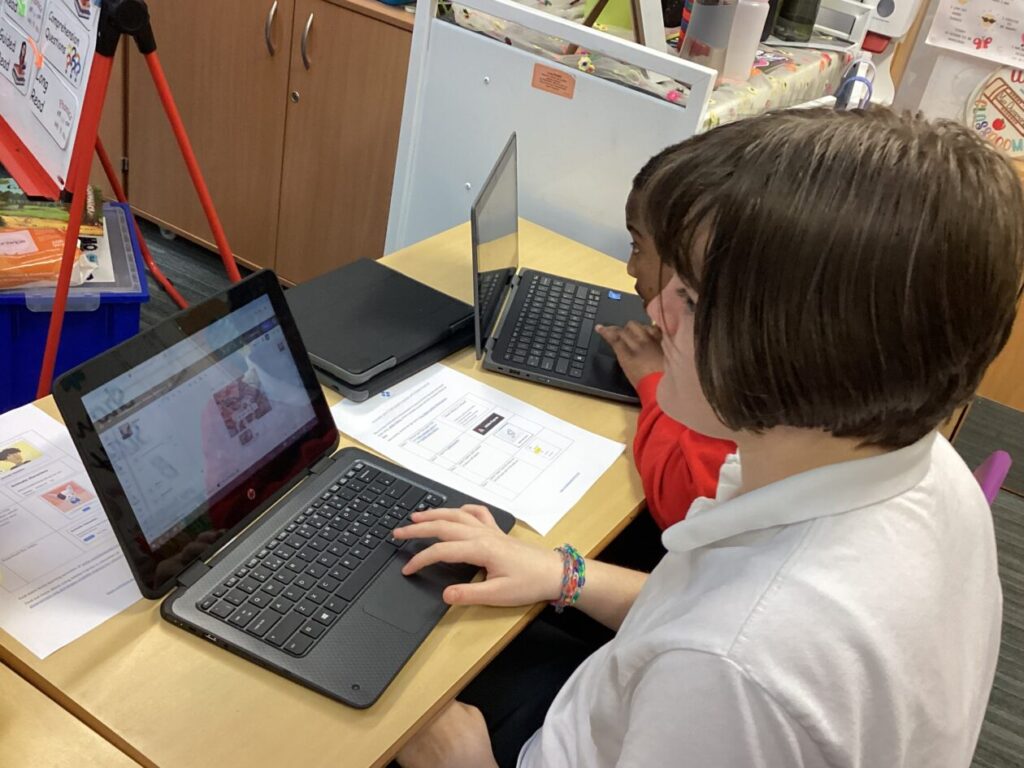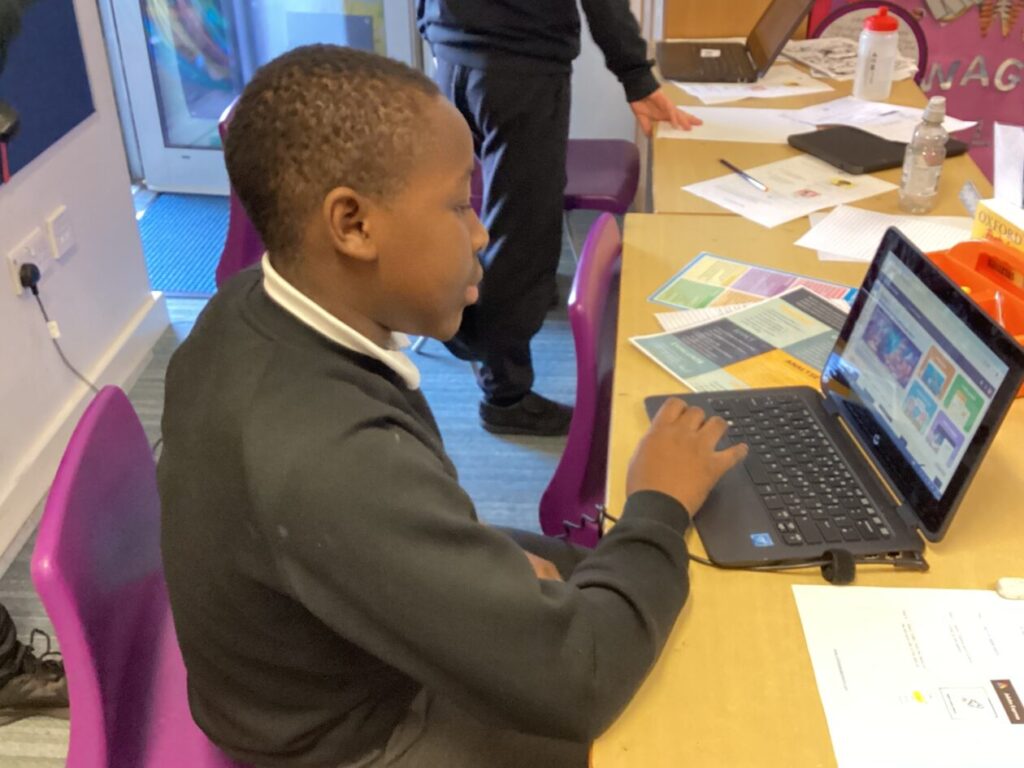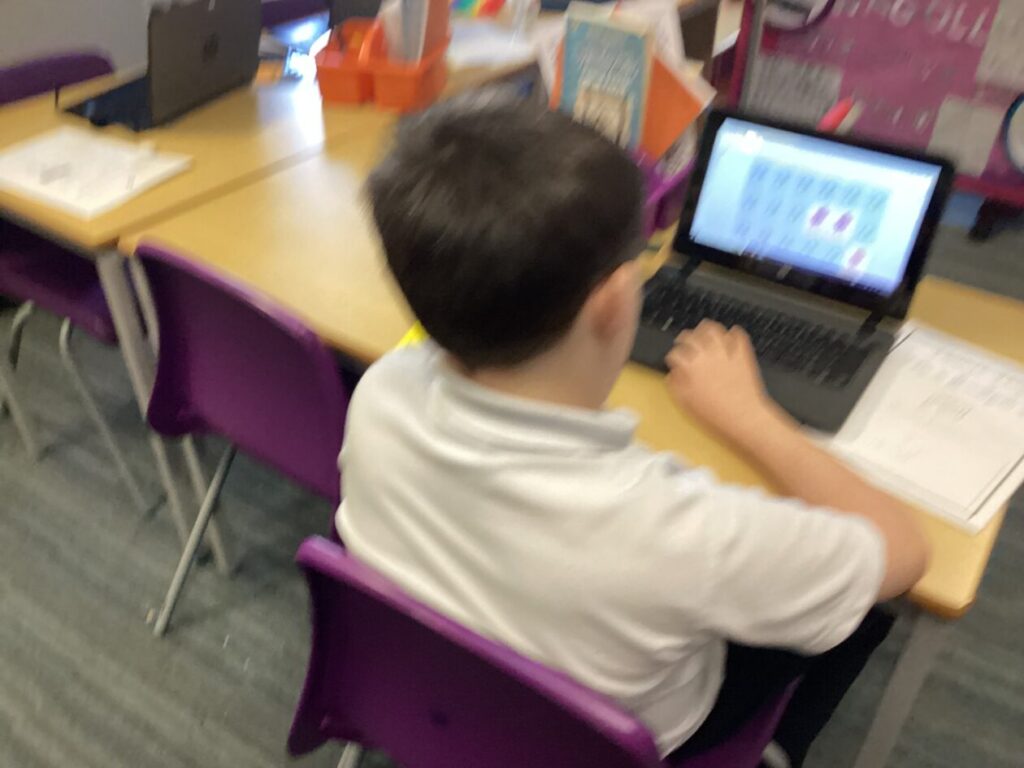Last week we finally revealed our new school vision, to our parents and community at Woodmuir PS. All children had the opportunity to say a little piece about what our new school vision means to us and we celebrated the winning design. The children sang beautifully and the last song added a magical touch to the end of our assembly and really captured the sense of togetherness in our school community.
It was lovely to see proud smiles on the faces of all our parents as they watched the enthusiasm in all children as they sang and danced happily! It was a heartwarming afternoon and events like these create cherished memories for the children. A big thank you to all the parents who came along to this event and provided feedback on the children’s work in their Golden Vision Books. We look forward to more of these open events in the new year where we can showcase our learning and celebrate success.
